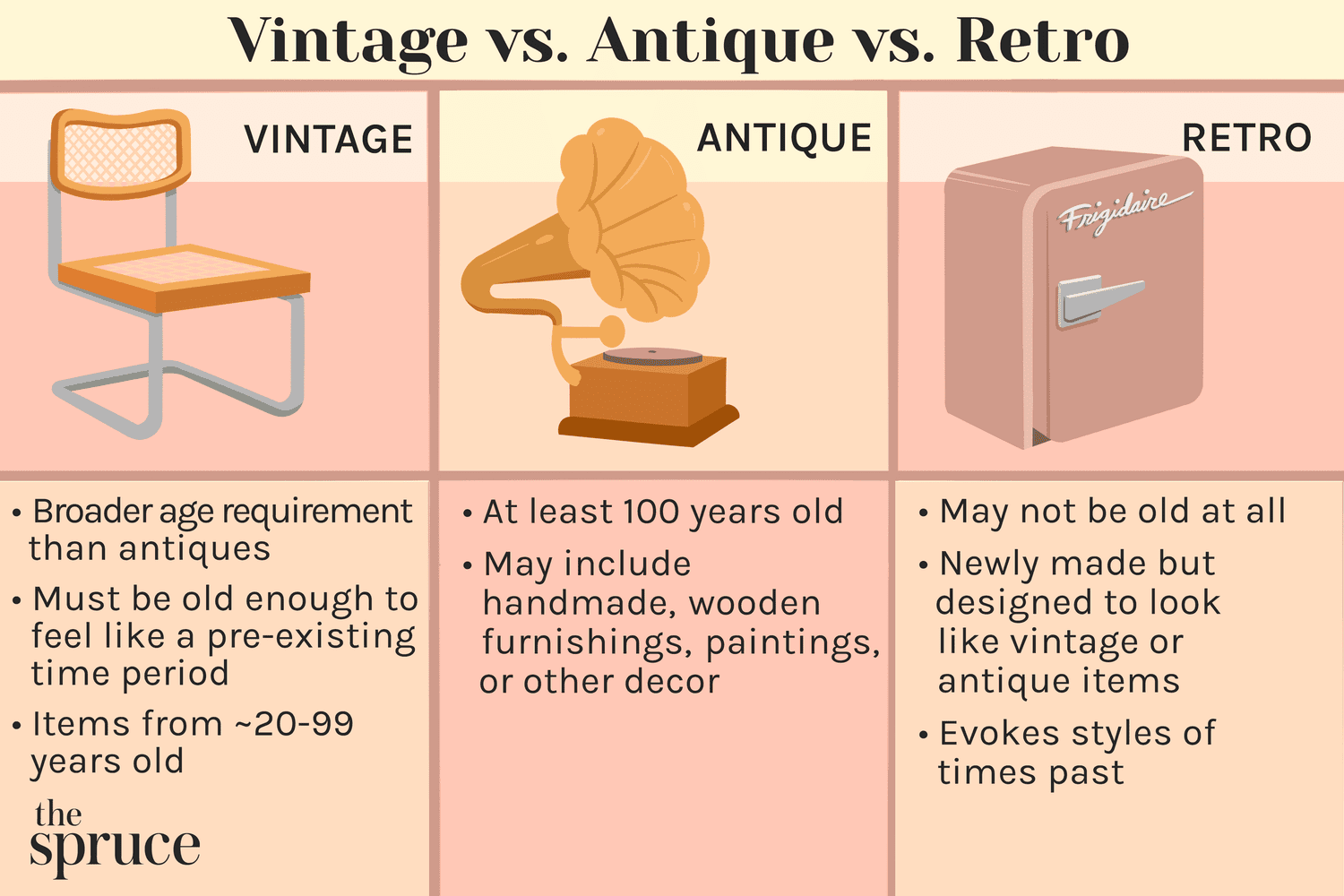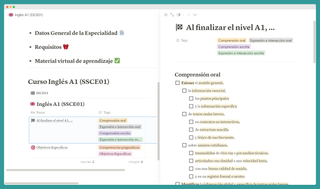
Antique, Classic, Vintage
Differences, Sample phrases, Discussion Questions
Old
- Explanation: Refers to something that has existed for a long time, not necessarily with any historical or collectible value.
- Usage: Commonly used in everyday language without specific reference to collectability or value.
Sample Phrase: "This old book has been in my family for generations."
- Discussion Question: "What is something old you treasure and why?"
Antique
- Explanation: Items that are at least 100 years old, often valued for their historical significance, craftsmanship, and rarity.
- Usage: Commonly used in the context of furniture, jewelry, and cars. Antiques are sought after by collectors and may require special care.
Sample Phrase: "The antique vase from the Ming Dynasty is the centerpiece of their collection."
- Discussion Question: "Do you think the value of an antique comes more from its age or its history?"
Vintage
- Explanation: Refers to items from the past that are characteristic of a specific period, typically less than 100 years old but more than 20 years old.
- Usage: Often used in fashion, cars, and wine. Vintage items are appreciated for their aesthetic and nostalgic value.
Sample Phrase: "She loves wearing vintage dresses from the 1950s because of their unique style."
- Discussion Question: "Why do you think vintage fashion remains popular among different generations?"
Classic
- Explanation: Classic items, especially cars, are typically 20 to 40 years old. They are recognized for their enduring quality, design, and appeal over time.
- Usage: Besides cars, the term can apply to literature, music, and other fields where items or works have stood the test of time.
Sample Phrase: "The 1969 Ford Mustang is considered a classic car because of its iconic design."
- Discussion Question: "Think of your own items. What modern item could be considered a classic in the future? What criteria would it need to meet?"




